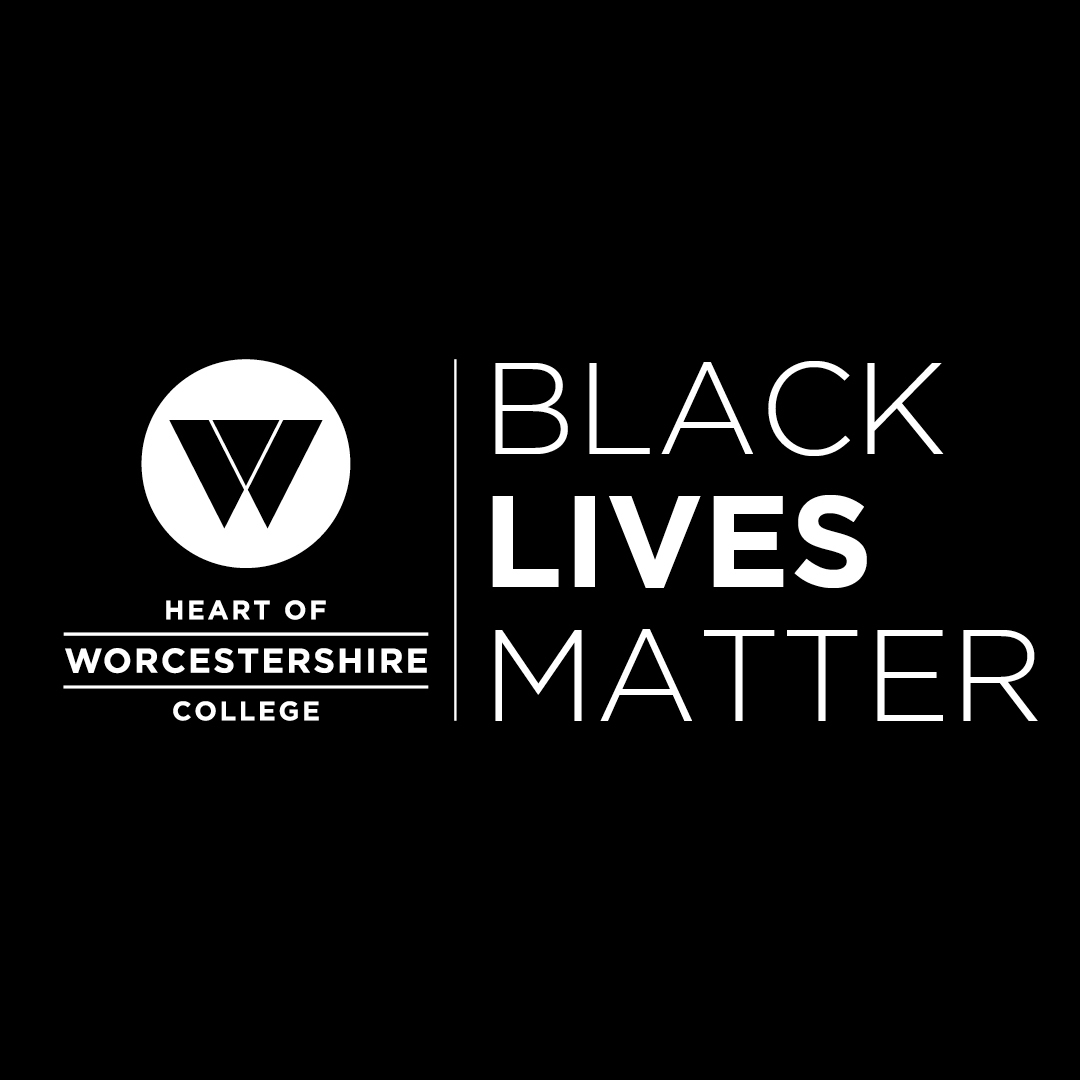Black History Month 2020
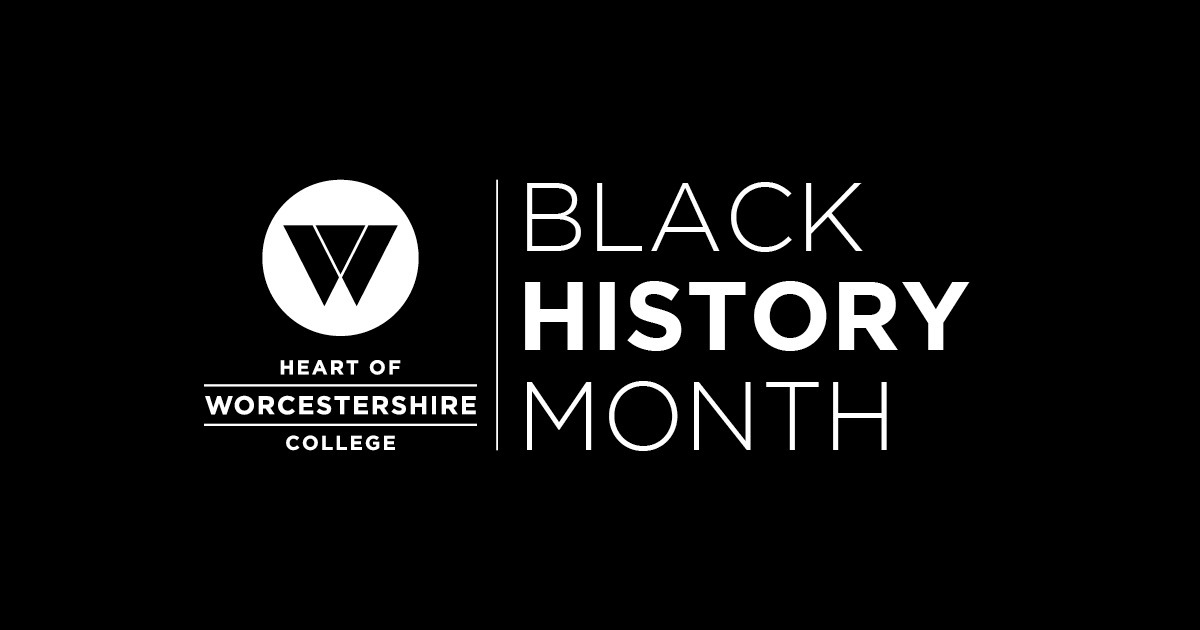
Black History Month 2020
Black History Month is the annual celebration of the incredible contributions and outstanding achievements by Black people. It is an opportunity to challenge racism and educate one another on Black history.
For Black History Month 2020 we decided to creature a digital campaign to celebrate the brilliant Black individuals who made their mark on history, who you may not have heard of previously. We focused on everything from human rights, politics and LGBT+, to subject specific Black history within areas such as Art, Music, Sport and Engineering.
Have a look below to see our fact files!
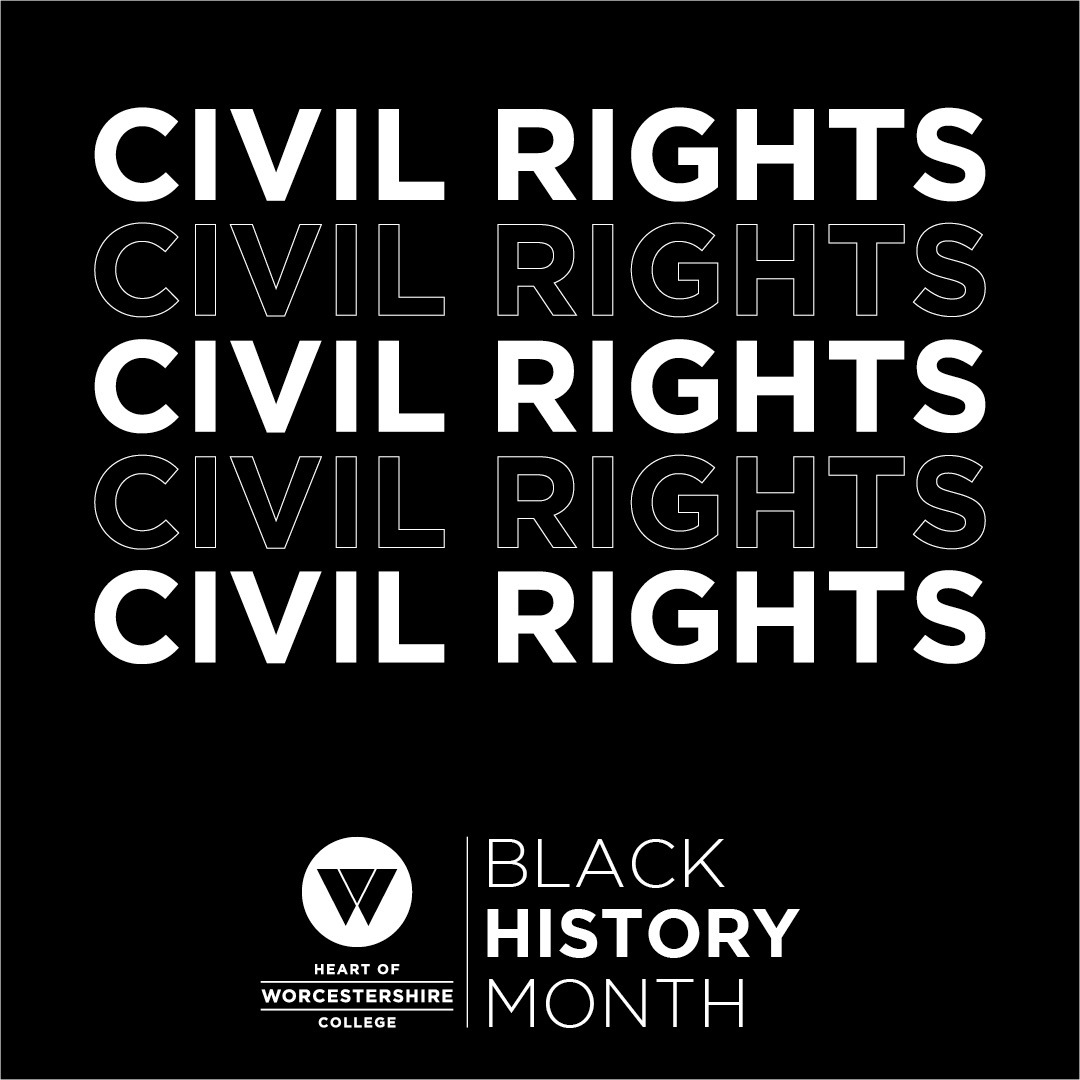
Mary Seacole
Mary Seacole was born in Jamaica and came over to England in the 1850s. After applying to the War Office to be included within the nursing contingent, she was refused and told that she could not travel to Ukraine to help the wounded soldiers fighting in the Crimean War. As a result, she raised the money herself to travel to Balaclava where she helped many British soldiers who had been injured.
Olive Morris
Olive Morris was a leader and activist who campaigned in London and Manchester during the 1900’s. She was also a founding member of several organisations fighting for equal rights for women of African and Asian descent.
Paul Stephenson
Paul Stephenson has dedicated his life to stopping racial discrimination and became Bristol’s first Black social worker. It’s considered that his work and leadership for campaigns played a part in Britain’s first Race Relations Act in 1965, an important law that took steps to give equal rights to Black people.
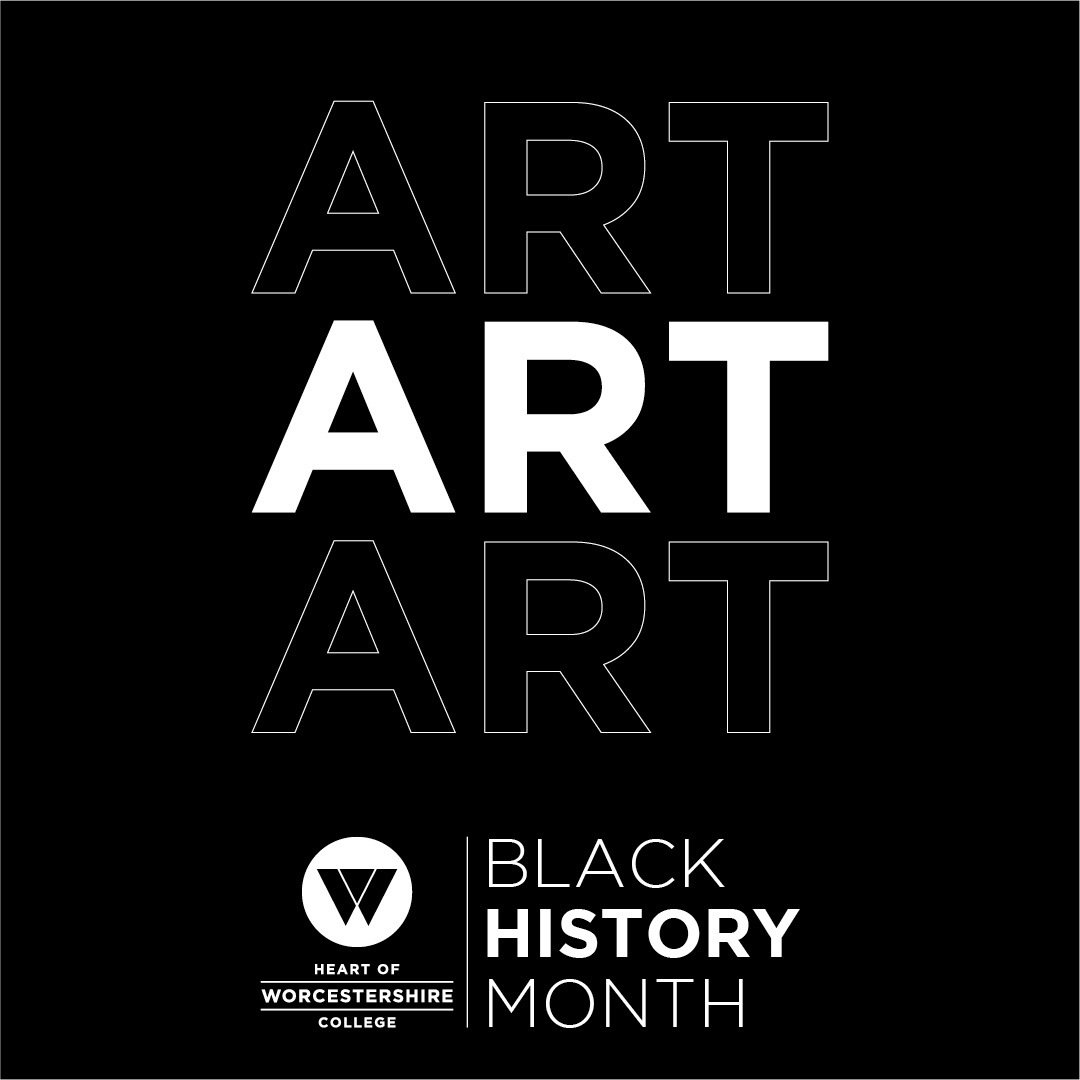
Jean-Michel Basquiat
Jean-Michel Basquiat was a poet, musician and graffiti prodigy in 1970’s New York, who had a very distinct signature style and drew subjects using influence from his own Caribbean heritage, a wide array of African histories, and political influences. He received a massive acclaim within just a few short years which saw his paintings being exhibited internationally. Jean-Michel went on to meet Andy Warhol in the early 80’s who was thought to have become his mentor and idol; the pair later collaborated on a series of paintings.
Gordon Parks
Gordon Parks was born into poverty and segregation in the early 1900’s. As a young man he bought himself a camera from a pawn shop and taught himself to use it. Despite his lack of formal training, he won the Julius Rosenwald Fellowship in 1942 which in turn led to positions in Washington D.C. for companies such as the Office of War Information (OWI) and Glamour. He eventually became the first African-American staff photographer and writer for Life. Gordon Parks is quoted for having said: “I saw that the camera could be a weapon against poverty, against racism, against all sorts of social wrongs. I knew at that point I had to have a camera.” Some of the memorable images Parks took were of figures such as Muhammad Ali, Malcom X and Stokely Carmichael to name a few.
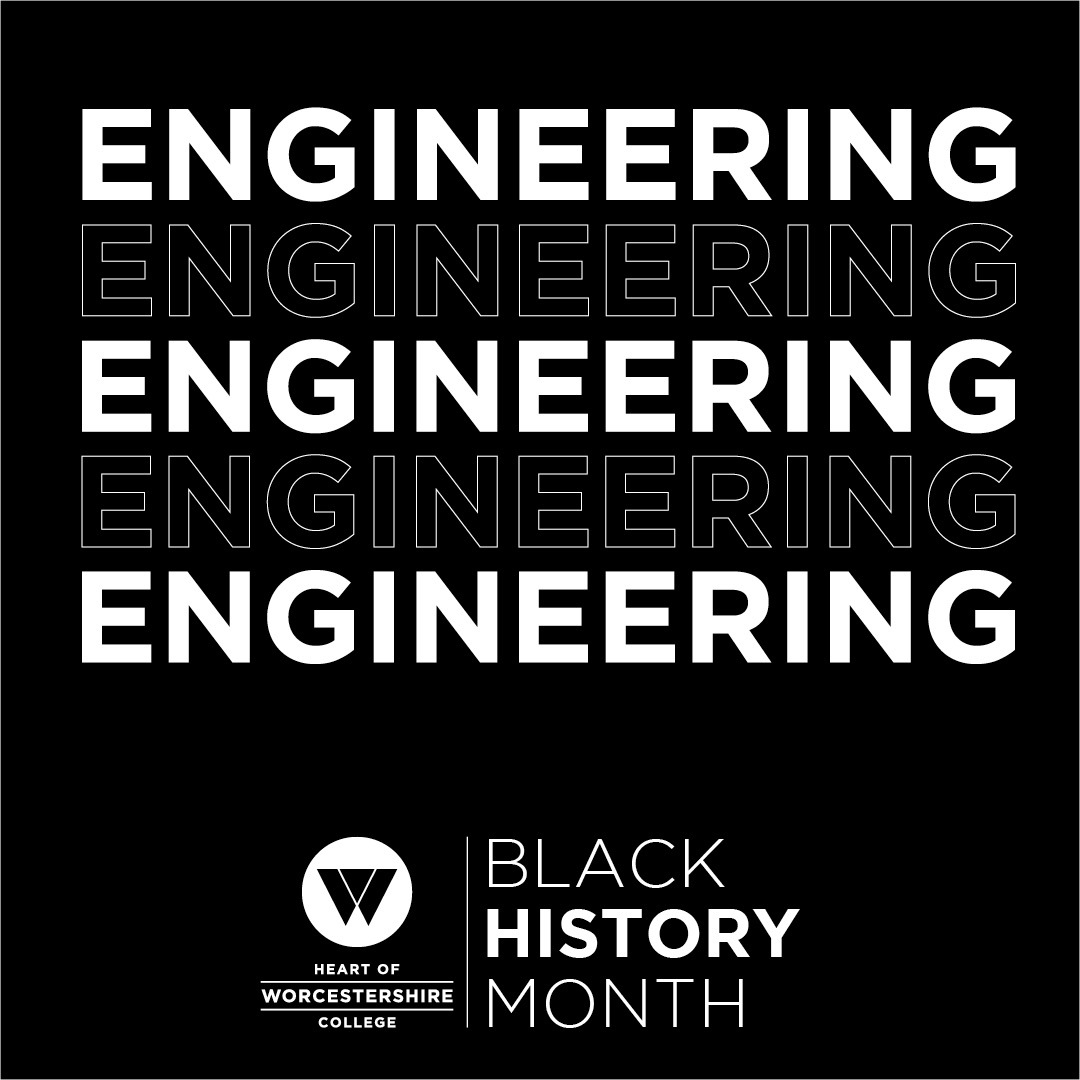
Jerry Lawson
One of the great minds behind the video games we know and love today was Jerry Lawson, an African American Engineer from New York. Jerry was a pioneer for home video gaming in the 1970’s and invented the Fairchild Channel F, which was the first programmable ROM cartridge-based video game console and as a result a precursor to the video game systems we have today. Jerry was also a member of the Silicone Valley’s Homebrew Computer Club, (the only Black member at the time), where he crossed paths with Apple Co-founders, Steve Jobs and Steve Wozniak – he even interviewed Wozniak for a job, and it’s claimed he was unimpressed at the time!
Ursula Burns
An incredible example of a Black female engineer is Ursula Burns. Burns served as CEO and then Chairwoman of the Xerox corporation from 2009-2017, where she was the first African American woman to serve as CEO to a Fortune 500 company. Burns studied a bachelor’s and master’s degree in Mechanical Engineering and joined Xerox as an intern through the company’s graduate engineering programme for minorities. She then went on to join Xerox full time in 1981 where she worked in product development and worked her way up through various management positions before being named president of Xerox in 2007.
Lewis Howard Latimer
An pioneer within Engineering was Lewis Howard Latimer, an inventor and engineer whose parents had fled from slavery mere years before his birth. Latimer taught himself mechanical drawing and drafting and went on to design several inventions, including an improved railroad car bathroom and an early air conditioning unit. Latimer also worked with Alexander Graham Bell to draft the patent for the design of the telephone. Latimer invented and patented a process for making filaments for lightbulbs, holds the patent for the electric lamp and helped install broad-scale lighting in New York, London, Philadelphia and Montrea. It was following this that Thomas Edison then hired Latimer where he made improvements to Edison’s lightbulb invention.
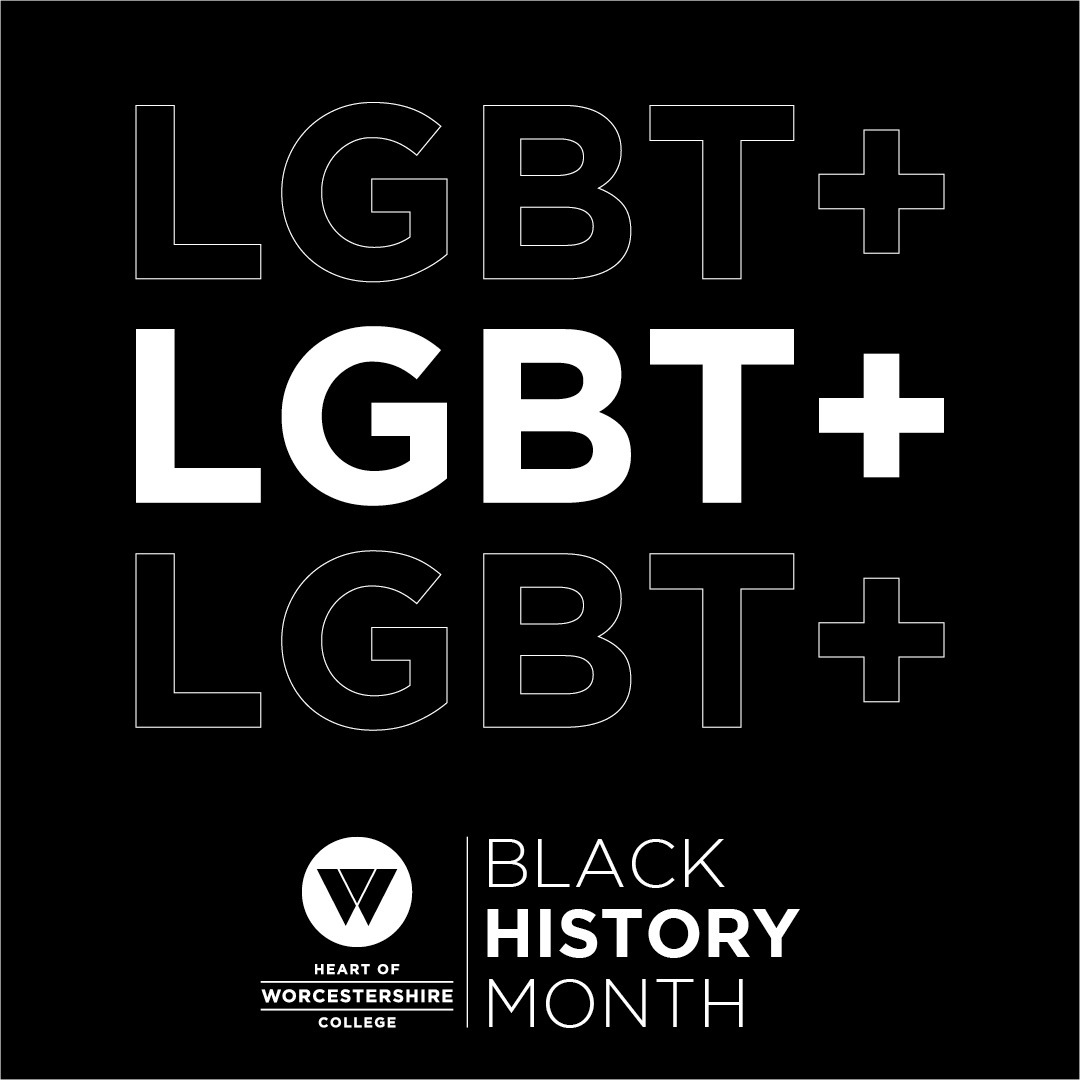
Phyllis Akua Opoku-Gyimah (Lady Phyll)
Phyllis Akua Opoku-Gyimah, also known as Lady Phyll, is a co-founder and executive director of the UK Black Pride event, which has taken place in London since 2005. The reasoning behind creating such an event was to promote strength through unity, and to provide a safe space to celebrate diverse sexualities, gender identities, cultures and backgrounds. Since it’s commencement 15 years ago, UK Black Pride has now become Europe’s largest celebration for LGBTQ+ people of African, Asian, Caribbean, Middle Eastern and Latin American descent.
Stormé DeLarverie
An individual considered to have made a big impact on Black LGBTQ+ history is Stormé DeLarverie, a gay civil rights icon and entertainer born in New Orleans. DeLarverie is thought to have been, by many accounts, the individual who started the Stonewall riots (riots that began following a raid on The Stonewall Inn where LGBTQ+ faced discriminatory treatment), and spurred the crowd into action. Stormé DeLarverie is now often referred to as “the Rosa Parks of the Gay community”.
Marsha P. Johnson
Marsha P. Johnson, a transgender rights activist and self-identified Drag Queen who was reported to have been a central figure in the Stonewall uprising. Johnson went on to help form Street Transgender Action Revolutionaries (STAR), a political organization that provided housing various forms of support to homeless queer youth and sex workers in Manhattan, as well as being an AIDs activist with charity ACT UP. Johnson was also known to have worked with Andy Warhol in his “Ladies and Gentlemen” collection that depicts a series of transvestites in 1975.
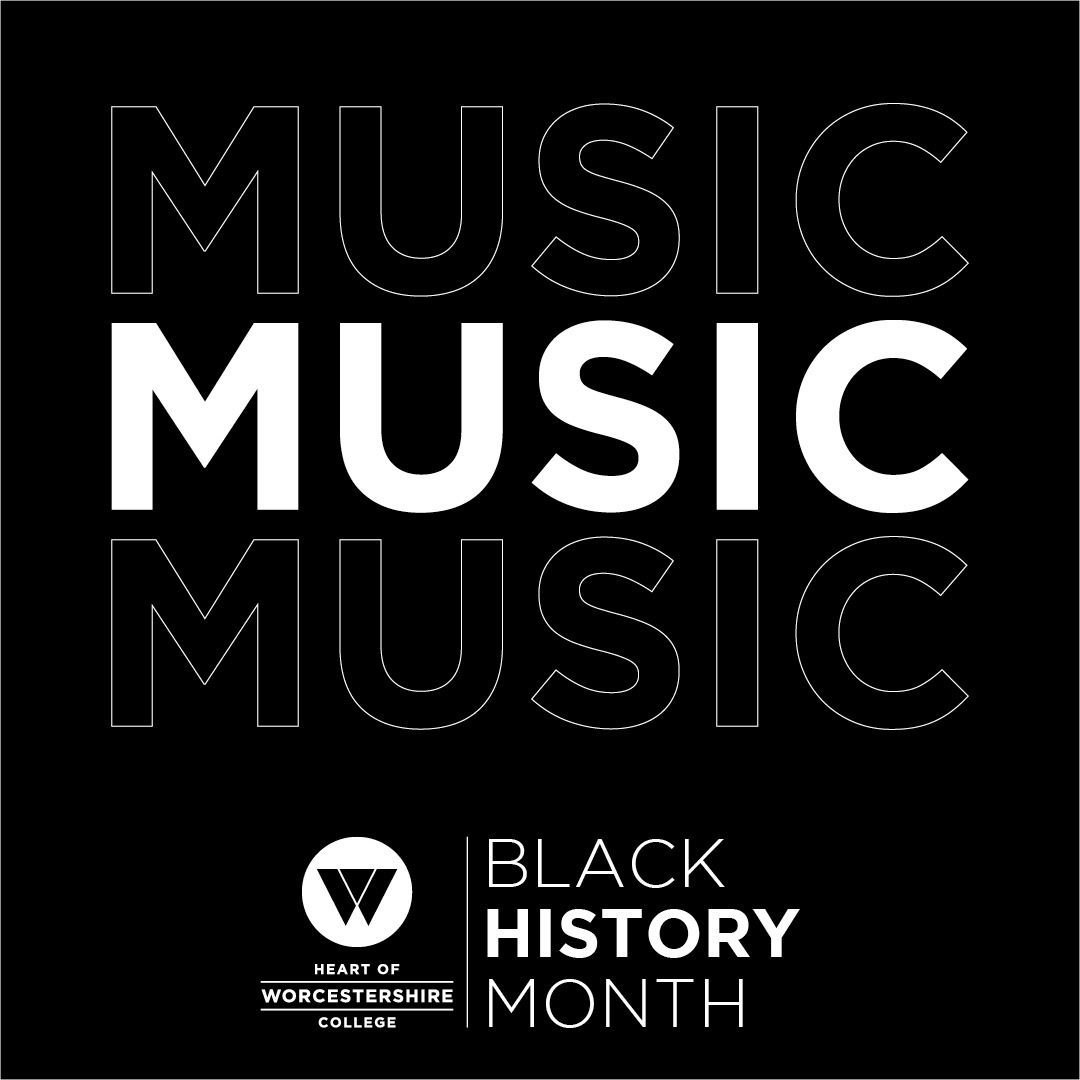
Samuel Coleridge-Taylor
Samuel Coleridge-Taylor, an English composer and conductor, was referred to by white musicians in New York as the ‘African Mahler’ because of his talents. He was given a hard-earned foot in the door by Edward Elgar, who recommended him to the Three Choirs Festival in Hereford, Worcester and Gloucester – right on our doorstep!
Joseph Bologne, Chevalier de Saint-Georges
Joseph Bologne, Chevalier de Saint-Georges, is remembered by many as the first Classical composer of African origins. Saint-Georges was born to a plantation owner and into slavery, but wrote string quartets, symphonies and concertos in the late 18th century and went on to lead one of the best orchestras in Europe. Former US President, John Adams, is said to have judged him as “the most accomplished man in Europe”. Saint-Georges went on to be dubbed as ‘le Mozart Noir’ (the ‘Black Mozart’), as at the time he was having more success than Mozart himself, who in turn was thought to have been jealous of Saint-Georges.
Florence Price
Florence Price was the first African-American woman to have her music performed by a major symphony orchestra in 1933.
Thomas "Blind Tom" Wiggins
Thomas “Blind Tom” Wiggins, an American musical prodigy who was born a blind slave, taught himself the piano and was exploited by his slave owners, leading him to be (by some accounts) the single highest-grossing pianist of the 19th century.
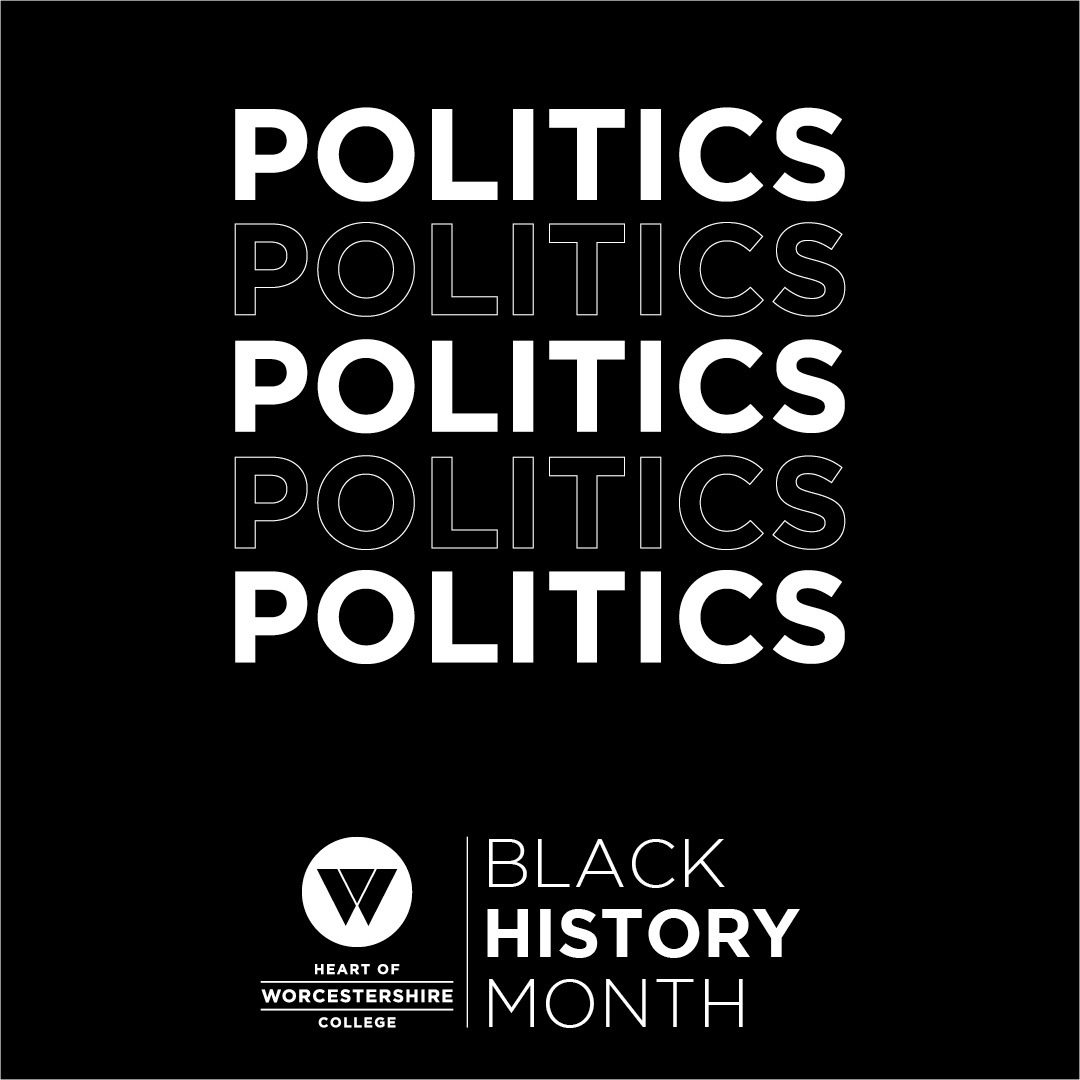
First Black Members of Parliament
Did you know? The very first Pan-African conference was not held until 1900. The conference took place in London and saw Black people gather from all over the world to discuss the conditions of their race, with hopes to assert their rights and look to take an equal place among other nations.
In British politics, it wasn’t until 1987 that the UK general election saw the first appointment of Black Members of Parliament to the House of Commons. There were four Black MPs elected in total; Dianne Abbott, Paul Boateng, Bernie Grant and Keith Vaz.
Bernie Grant
Bernie Grant made his mark on British politics almost immediately, as he wore a traditional Ghanaian cotton robe at the State Opening of Parliament. From Councillor to MP to standing for the deputy leadership of the Labour Party in 1992; throughout Bernie’s various political appointments, he made significant changes and provided great influence to fight against racism, oppression, and fought hard for further political representation of Black people.
Sir Learie Constantine
An individual who may not be so commonly known to have an association with politics, is Sir Learie Constantine.
Originally born in Trinidad, Constantine settled in Lancashire and not only became a well-known Cricket player for the West Indies but became a Lawyer and Politician who served as Trinidad’s High Commissioner to the UK. Constantine also went on to become the UK’s first Black peer, meaning he could sit in the House of Lords and take part in important political debates.
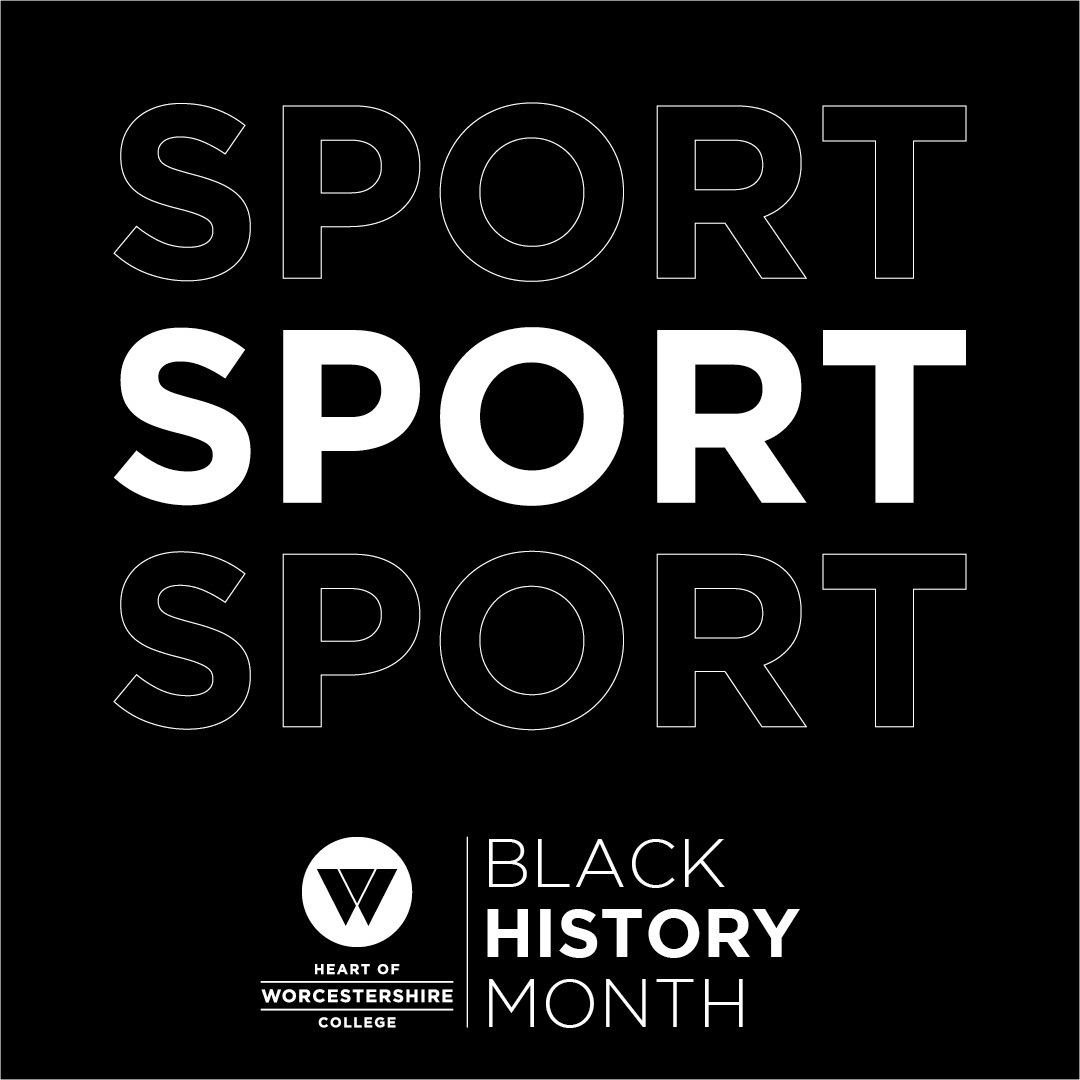
Brendon Batson OBE
Brendon Batson OBE moved to England from the West Indies when he 9 and had never seen nor played football before. However, as a schoolboy he was signed by Arsenal where he went on to be the first Black player for the Gunner’s first team. After playing for Arsenal, Batson went on to play for Cambridge United where he captained the side, before moving to West Bromwich Albion a few years later. At West Bromwich Albion, Batson and his two Black team mates, Cyrille Regis and Laurie Cunningham, became known as the “Three Degrees”. Although they were not the very first Black players to play professionally in England football, the three were thought to have been iconic and pioneering by many.
Batson went on to be capped three times for the England B team and following his playing career he became the Deputy Chief Executive of the Professional Footballers’ Association, a position he held for 18 years. Batson went on to be awarded an MBE and later an OBE for his services to Football.
Clive Sullivan MBE
Clive Sullivan MBE was an international winger for Great Britain and Wales. Having played Rugby Union and Rugby League at lower levels, Sullivan eventually went on to become the first Black rugby captain for the Great Britain Lions and was the first Black captain for any national British sporting team. Sullivan appeared in two world cups for Great Britain, one world cup for Wales, and represented Great Britain a total of 17 times across his career.
Alice Coachman
Alice Coachman was an Olympic High Jumper for the USA, and the first Black woman to win an Olympic gold medal. Within her early career it was clear that she had a talent; having used equipment she could find and even running barefoot to train, Coachman broke the high school and college high jump records, whilst barefoot, in the Amateur Athletic Union (AAU) National Championships track and field competition. She went on to become national champion in the 50-metre race, 100-metre race, 400-metre relay and the high jump at AAU competitions, and went to the London Olympics in 1948 to represent the USA. Coachman was nursing a back injury at the time and still went on to set a high jump record and become the first Black woman to win an Olympic gold medal.
